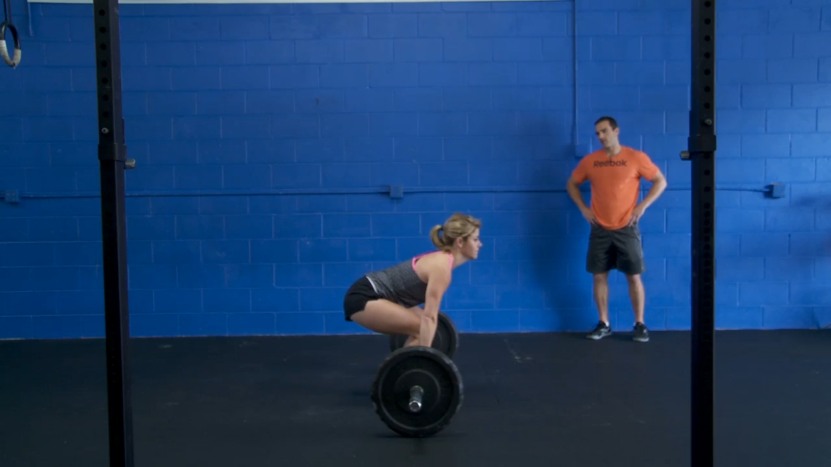The squat clean, a powerhouse of an exercise within the CrossFit community, seamlessly integrates strength, power, and finesse, appealing to athletes seeking comprehensive physical development. Let’s dive deep into what makes this movement a cornerstone of fitness regimes worldwide, and explore how it optimizes athletic performance.
At its core, the squat clean involves lifting a barbell from the floor and transitioning into a full front squat, culminating in a powerful stand. This full-body exercise demands not just brute strength, but also poise and precision.
Transformative Benefits of the Squat Clean
Holistic Strength and Power Enhancement According to the Journal of Strength and Conditioning Research, compound movements like the squat clean significantly enhance type II muscle fibers, which are crucial for explosive actions. This enhancement is not merely about lifting heavier weights; it’s about translating power into practical, everyday activities and other sports.
Mobility and Flexibility Gains CrossFit enthusiasts often laud the squat clean for its ability to improve joint mobility and muscle flexibility, particularly in the hips, ankles, and shoulders. This increased range of motion can lead to better performance in other lifts and reduced risk of injuries.
Agility and Coordination The intricate sequence of the squat clean, from the pull to the catch, fine-tunes the body’s coordination and agility. Mastering this lift means training your muscles and nervous system to work in harmony, which is essential for athletic endeavors.
Step-by-Step Technique Mastery
From Setup to Success The journey of mastering the squat clean starts with a proper setup—feet hip-width apart and the barbell positioned over the shins. This foundation is crucial as it sets the trajectory for the entire lift.
The Critical Transition Moving from the initial pull to the full squat requires a blend of acceleration and precision. The barbell must travel close to the body, propelled by a powerful hip drive, only to be swiftly caught in the squat position. This seamless transition is what sets apart proficient lifters from novices.
Common Mistakes & Real Corrections
Elbow Positioning and Mobility A frequent hurdle is the positioning of the elbows during the catch. To correct this, one might integrate specific mobility drills targeting the wrists and shoulders, ensuring the elbows stay high, and the bar is securely racked.
Power Generation from the Hips Inadequate power from the hips can shift undue strain to the upper body. Targeted exercises that bolster hip strength and mechanics can rectify this, ensuring the lift relies on the intended muscle groups.
Dynamic Training Integration

Rather than isolating the squat clean, integrating it into a broader training regimen can amplify its benefits. Here’s how you can weave this movement into your workout schedule effectively:
| Strategy | Description |
|---|---|
| Progressive Loading | Start light to nail the form, then gradually increase the weight to safely build strength and power. |
| Regular Practice | Include cleans twice a week, balancing them with other training elements to foster recovery and growth. |
| Diverse Variations | Rotate through power cleans and hang cleans to tackle different aspects of the lift and keep the routine engaging. |
Advanced Techniques for Seasoned Athletes
For those looking to take their performance up a notch, advanced strategies can provide new challenges and growth avenues:
Segment Training Focusing on specific segments of the lift can enhance precision and power. This technique allows athletes to isolate and improve upon the weakest parts of their lift.
Lifting Straps and Gear While traditionally not recommended for beginners, advanced lifters can utilize lifting straps to focus on form and reduce grip fatigue, allowing for more intense training sessions.
Competition Simulations Preparing for a CrossFit competition? Mimic the event conditions during training sessions, from the setup to the weight specifications, to acclimate to the competitive atmosphere.

